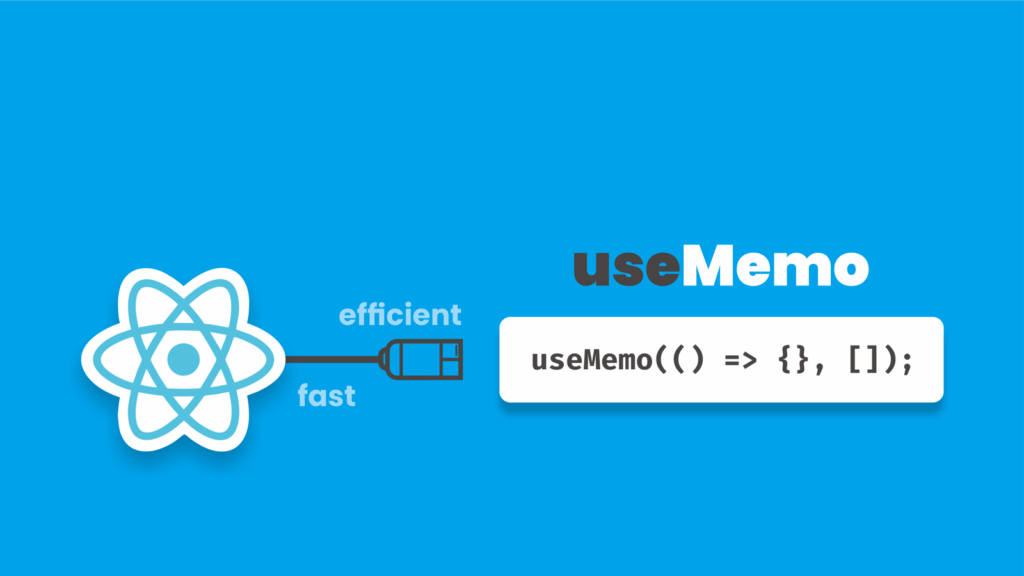
Work as Therapy: Make Your Job a Therapeutic Space
4th October 2024
The Power of Purpose: How Meaningful Work Leads to Happiness
9th October 2024useMemo is a valuable tool in the React framework, designed to optimize performance by memoizing expensive computations.
With useMemo, React can store the result of a function call and reuse it when the dependencies of that function haven’t changed, rather than recalculating the value on every render.
useMemo stands out as a powerful tool for optimizing performance without sacrificing code readability or maintainability. But it’s often overlooked or misunderstood by beginners.
In this comprehensive guide, we’ll discuss what useMemo is, how it works, and why it’s an essential tool for every React developer.

What is useMemo?
useMemo is a handy tool in React that helps make your apps faster. Imagine you have a function that does some heavy lifting, like calculating a complex math problem or formatting data. Normally, React recalculates this function every time your component renders, even if the inputs are the same. That can slow things down.
But with useMemo, React remembers the result of that function as long as its inputs stay the same. So, if your inputs don’t change, React just grabs the stored result instead of recalculating it every time. This saves time and makes your app snappier.
In simple terms, useMemo is like having a smart assistant who remembers the answers to math problems, so you don’t have to solve them again and again.
How Does useMemo Work?
To understand how useMemo works, let’s consider a scenario where you have a component that renders a list of items, and you need to perform some heavy computation to derive the list.
Without memoization, this heavy computation would be executed on every render, even if the inputs remain unchanged.
Here’s a basic example without useMemo:
import React from 'react';
const ListComponent = ({ items }) => {
const processedItems = processItems(items); // Expensive computation
return (
<ul>
{processedItems.map(item => (
<li key={item.id}>{item.name}</li>
))}
</ul>
);
};
const processItems = (items) => {
// Expensive computation
// Imagine some heavy processing here
return items.map(item => ({ id: item.id, name: item.name.toUpperCase() }));
};
export default ListComponent;
In this example, processItems function gets called on every render, even if the items prop remains the same.
To optimize this, we can use useMemo:
import React, { useMemo } from 'react';
const ListComponent = ({ items }) => {
const processedItems = useMemo(() => processItems(items), [items]);
return (
<ul>
{processedItems.map(item => (
<li key={item.id}>{item.name}</li>
))}
</ul>
);
};
const processItems = (items) => {
// Expensive computation
// Imagine some heavy processing here
return items.map(item => ({ id: item.id, name: item.name.toUpperCase() }));
};
export default ListComponent;
By wrapping the processItems call inside useMemo, React will only recompute the memoized value when the items prop changes. This optimization can significantly improve the performance of your application, especially when dealing with large datasets or complex computations.
Benefits of useMemo
Utilizing the useMemo hook in React applications offers numerous benefits for performance optimization.
Avoiding Unnecessary Recalculations:
In React, components re-render whenever their state or props change. If a component performs expensive computations or calculations within its rendering logic, these computations can be re-executed on every render, even if the inputs haven’t changed.
By using useMemo, you can memoize these computations. React will only recalculate the memoized value when the dependencies (inputs) change. This helps avoid unnecessary recalculations, improving the performance of your components.
Optimizing Rendering Performance:
React components can become slow to render if they perform heavy computations or transformations during each render cycle. This is particularly problematic in large-scale applications or components that render frequently.
useMemo allows you to memoize the results of these computations, ensuring that they are only performed when necessary. This can lead to significant improvements in rendering performance by reducing the computational overhead of your components.
Efficiently Managing Derived Data:
In many React applications, derived data is computed from the state or props of components. For example, computed properties, filtered lists, or formatted data are often derived from raw data sources.
Memoizing derived data with useMemo ensures that these computations are performed efficiently and only when needed. This can prevent unnecessary re-renders and optimize the overall performance of your application.
Enhancing User Experience:
Performance optimization is crucial for delivering a smooth and responsive user experience. Slow or unresponsive components can lead to a poor user experience and frustrate users.
By leveraging useMemo to optimize the performance of your components, you can ensure that your application remains fast and responsive, improving user satisfaction and engagement.
useMemo is essential for performance optimization in React applications because it allows you to avoid unnecessary recalculations, optimize rendering performance, efficiently manage derived data, and enhance the overall user experience.
By memoizing expensive computations with useMemo, you can create fast, responsive, and efficient React components that deliver a seamless user experience.
contact us: xpertlab.com
similar blog : click here





